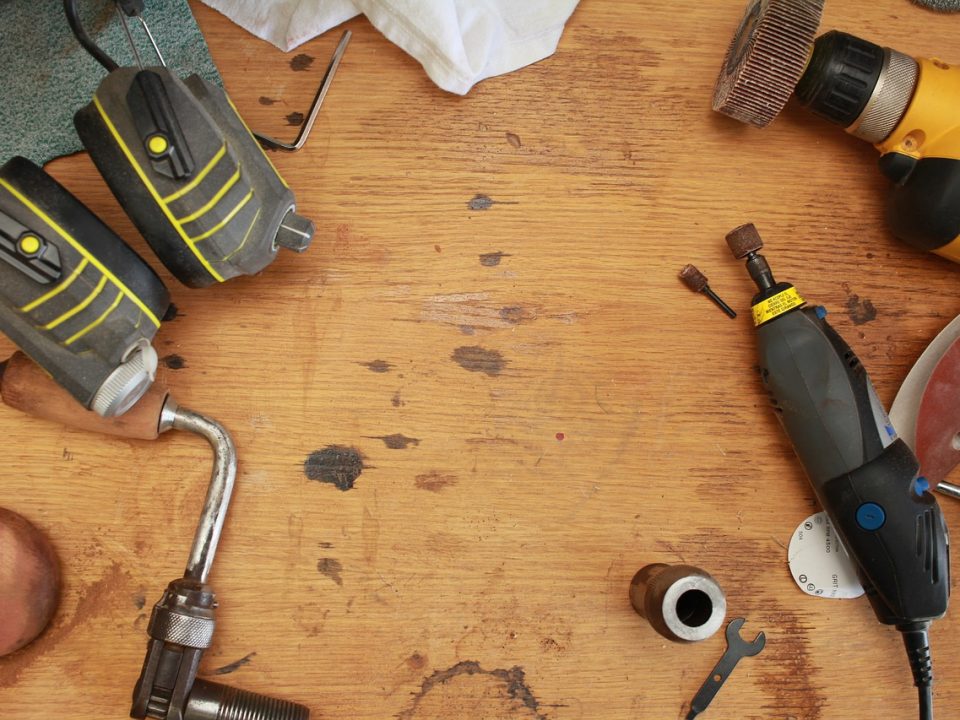Fire-proof your home this season
November 11, 2012Four steps to a more beautiful bathroom
November 20, 2012
A winter garden can bring back spring and summer in your life and the positive mood they bring with them. It is falsely perceived that when the coldest season comes, all plant life disappears and gardening should cease until it gets warmer again. It doesn’t have to be that way. If you’re willing to have plants and flowers in your garden even in the winter, this is not a mission impossible. You just have to be determined enough, to have the knowledge, the tools and the necessary facility.
A solar greenhouse fits perfectly (as seen in the picture above) where you can grow plants indoors. Other than that, there are crops that can be planted outside and do just fine in lower temperatures. Knowing the secrets of winter gardening will help any devoted, and determined, gardener have fresh and natural herbs, vegetables, flowers and fruit when nobody else does.
When you first start with your winter garden, you have to consider some factors that will help you choose the plants you want to grow. Usually, the conditions in your region determine the plants that can be grown there. But in an indoor, solar or otherwise heated greenhouse you can practically grow anything that is usually grown in the warmer months. What can be planted in such indoor winter garden is rosemary, parsley, spinach, lettuce, potatoes, carrots, broad beans, mangetout, tomatoes as long as you establish the needed conditions. Some seeds are sown directly, others – in pots. Another thing that has to be considered is the amount of space that each type of plant is required to have in order to grow well. A warm greenhouse is considered one with a minimum temperature of about 13ºC/55ºC, and even if at night the temperature drops, it will still be higher than the one outside. Since in the winter days are shorter, you should have in mind that you might need an additional source of light in your greenhouse to simulate the presence of the sun. Pollination is also an issue that has to be paid attention to. Tomatoes, for example, self-pollinate which means that no insects are needed for the purpose – you can simply shake the plant and it’s done. When this method can’t be applied, what gardeners do is transfer pollen from the male to the female blossom with a cotton swab or a painting brush.
As far as crops that grow in cold weather outdoors are concerned, you have to plant them in late summer. If you do that in September, you’ll get the results in winter or early spring depending on what you’ve planted. Leeks, garlic, kale, cauliflower, Brussel sprouts, collards, broccoli, and cabbage can be grown that way.
Having a winter garden a few steps away from your home certainly brings a lot of benefits. The very fact that you grow your own food makes it safer, healthier and tastier. You are aware how you’ve grown it, what fertilizer you used, how the plants were treated, so worries about harmful components immediately disappear. Having plants and herbs picked up right from your garden is also beneficial for your family bank because you won’t spend money on them. Growing your own produce is relevant to gardening as a whole, not just in the winter, which makes the idea of green living part of your life. The more practical side of having crops at hand is that you can always prepare something fast out of the products you have without having to walk/drive to the store when you’re feeling too exhausted, for example.
Don’t forget that plants require regular care. The produce doesn’t just magically turn up out of the blue. You have to 
Another positive aspect of having a winter garden would be to turn it into a flower haven on earth. Just entering in there will give you the feeling of spring and summer with all the colours and greenness. The types of flowers that are suitable for growing in a cool indoor greenhouse include Primroses, Nasturtiums, Azaleas, Freesias, Amaryllis, Hyacinths, Impatiens, etc. They have to be planted in pots but in a special soil, not the one from your yard because it carries pests. The pleasant fragrance that comes from the greenhouse will draw you to it as if you’re captured by some kind of an invisible power. What’s most important is that you’ll be cheered up and charged with fresh energy looking at all the beauty that you’ve created yourself.
Guest Post By:
Daisy Hart is a writer and blogger with great flair for flowers and flower decoration. She is focused on writing the best possible way and is constantly searching for new sources of inspiration. Her present article treats: winter gardening and flowers related thematic.








